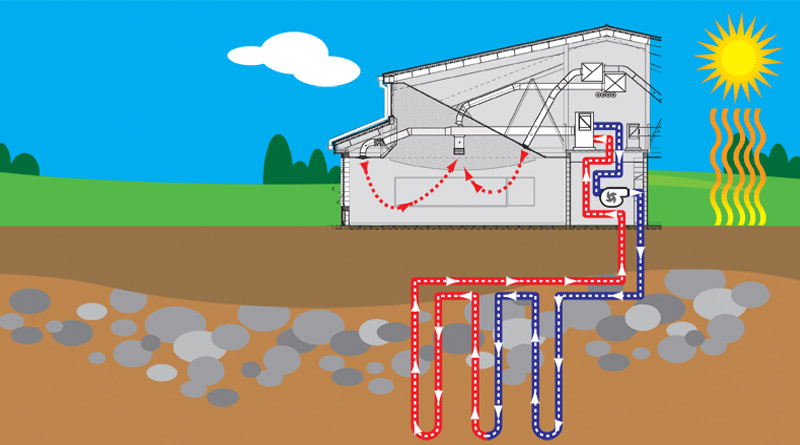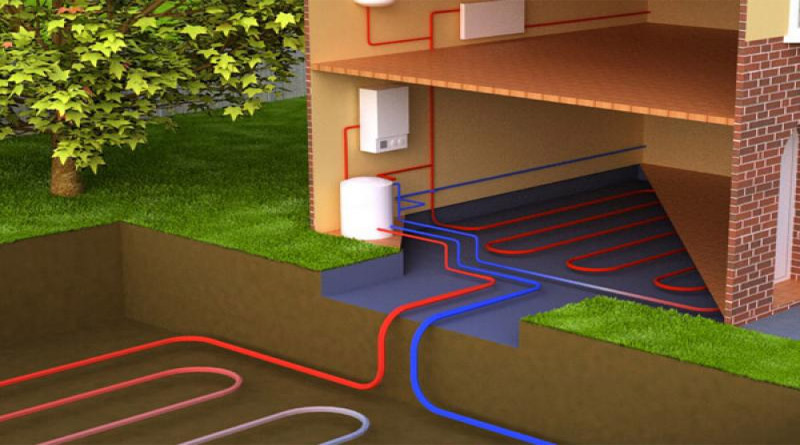Choosing the Right Geothermal Heat Hump
A geothermal heat pump is a system of home heating in the winter and home cooling in the summer that uses the temperature of the earth itself to exchange both hot and cold air. Only volcanic areas of the world tap actual heat from underneath the ground, but because a heat pump uses the relatively constant temperature below the ground as a means to exchange heat rather than generate it, when underground conduits are combined with a heat pump, any part of the country can use the earth for home heating and cooling.
The ground just below the surface is warmer than the air above it in winter and colder than the air above it in summer. Underground temperatures stay fairly all stable year round. Although you might not be comfortable if you simply set your house to the underground temperature at any given moment, a geothermal heat pump can regulate the temperature of your house by exchanging cold temperatures for warm ones in winter and warm ones for cooler ones in summer, using the underground temperature as a constant. In other words, a geothermal heat pump uses the constant underground temperature of the earth to exchange heat with the ground, taking it out in winter and putting it back in summer. Unlike air-source heat pumps (such as those in air conditioners or refrigerators) that simply extract heat from the air and then expel it outdoors, geothermal heat pumps perform an actual heat exchange. Heat exchange uses less energy than heat extraction from the air.
A geothermal heat pump is an extremely energy efficient, cost-effective way to heat and cool a home. The same system does both and uses a much smaller amount of electricity to do it than any other conventional home heating and cooling system. When combined with solar panels to generate the electricity needed, a geothermal heat pump can for all practically purposes become a self-sustaining system that uses renewable energy only and leaves a minimal carbon footprint. A geothermal heat pump is affordable to operate but can be very expensive to install. For example, installation of a geothermal heat pump in an existing home can cost upwards of $11,000. Installation requires digging trenches for the underground exchange system, so the initial investment can be substantial.
Air conditioning with an air to water heat pump


